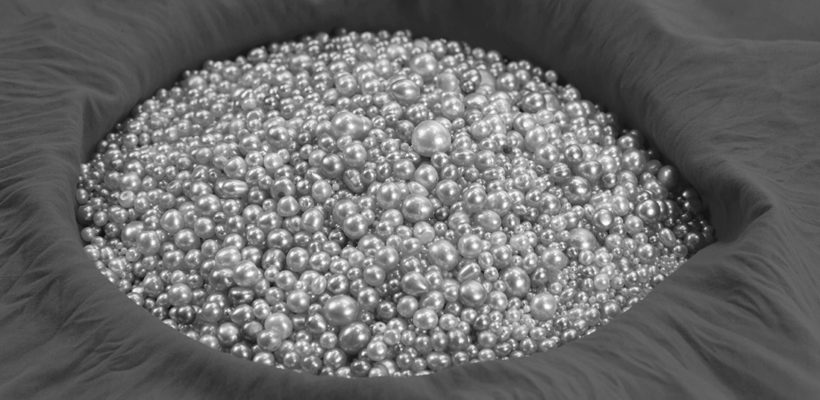
Bahrain and its pearling history
With over 4000 years of pearling history behind the Kingdom, the pearl fisheries of Tylos (the ancient name for Bahrain) have been well documented throughout history including by the renowned Roman author, naturalist and philosopher, Pliny. The Kingdom’s pearls have long held legendary status for their purity, brilliance and stunning beauty. It is thought that this is somewhat due to Bahrain’s the oyster bed locations being situated near to underwater sweet water springs.
The pearls are known as Natural Arabian Gulf Pearls, famous for their high lustre and range in colour from white to light yellow. These pearls command a higher price than cultured pearls (those created by oyster farmers under controlled conditions). Natural uncultured saltwater oyster pearls are difficult to locate, hence they generate a greater value, and also vary in size and luminosity, while cultured pearls (banned in Bahrain) tend to be more uniform in size and shape. This reinforces why today buyers need to ensure their pearls have been tested to confirm they are precisely what has been stated.
A key testimony to the Kingdom’s pearling history is Bahrain’s pearling trail, which has been officially recognised by UNESCO on its world heritage list. Pearling, Testimony of an Island Economy is a 3.5km trail, which includes 17 buildings in Muharraq such as pearl merchant houses, shops, stores and a mosque, 3 offshore oyster beds, a section of seashore, as well as the Qal’at Bu Mahir fortress from where boats used to start their journey to the oyster beds. This site represents a time when pearling was the foremost part of the Kingdom’s economy.



